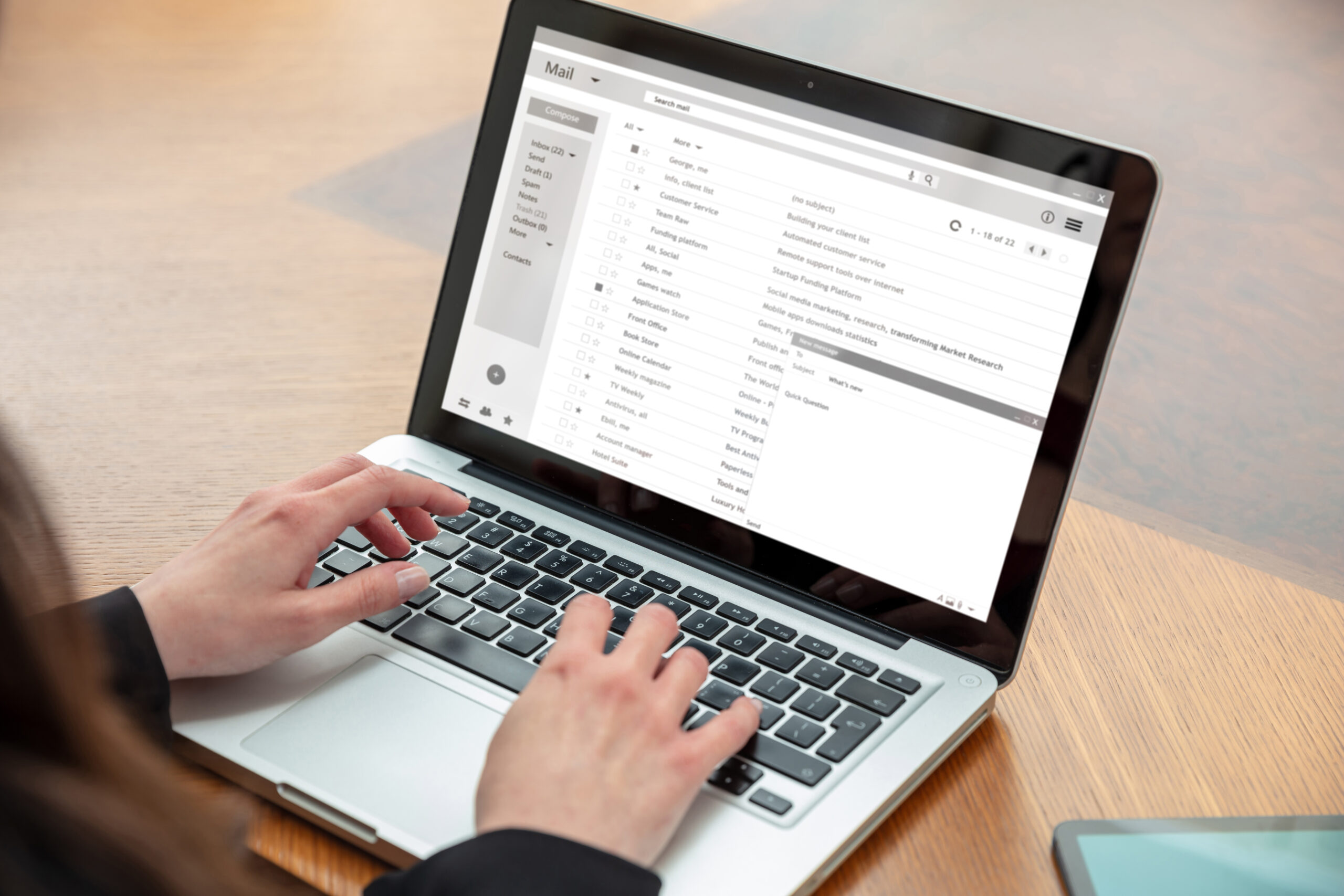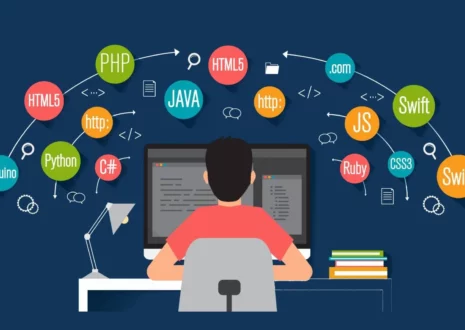With over 4 billion email users worldwide, having an optimized email marketing strategy is considered one of the most effective ways to reach and connect with your target and existing customers.
In this article, you will get your hands on 12 email marketing tips that will guide your email marketing efforts to success.
12 Email Marketing Tips for Successful Campaigns
- Select the right email marketing software
- Ensure email deliverability
- Create optimized lead magnets
- Segment your subscriber list
- Set up your emails for personalization
- Encourage readers to respond
- Always include a call to action
- Optimize for mobile
- Set-up follow up campaigns
- Timing is everything
- Do A/B testing for better performance
- Utilize email statistics
1. Select the right email marketing software
Having the right software is incredibly useful if you want to make your next campaign a success. With tools like MailChimp, Active Campaign, and Mailerlite you can automate a lot of processes rather than manually handling them. This will ease your workload, you’ll enhance personalization to improve results, and it’s easier to measure and optimize campaigns.
In order to help you understand how these software work, you must understand how the right email marketing software can support you in your journey. Regardless of what your goal is, make sure you choose the software that aligns with your business goals.
For those who can’t decide, most email automation tools shown above include the following features to start with.
- Data analytics: Different platforms offer more or fewer reporting features. These should start with some of the most fundamental email marketing metrics such as open rate, bounce rate, unsubscribe rate, and click-through rate.
- Marketing automation: Email marketing software can help you set up automatic sequences for everything from welcome messages to order confirmation emails.
- Mobile optimization: most email marketing platforms automatically optimize messages for smaller screens and provide a variety of templates designed for mobile users. These features allow users to quickly skim emails on smartphones and tablets.
- Personalized emails: With email personalization, you can leverage detailed information you know about your customers to position your brand and messaging in a way that resonates with them.
2. Ensure email deliverability
No matter how great your email marketing campaign is, if it does not reach your subscribers, then your hard work has been a waste of time. That’s why building a strong email reputation is extremely important as it ensures your emails land in the right folder.
While your email marketing automation software will do most of the work, there are 3 guidelines you can utilize to improve your deliverability:
- Authenticating Email Domain: Domain authentication is a way to verify that an email is sent from the sender it claims to be. First check your email reputation, then navigate to the DNS page of your automation software and adjust the settings accordingly.
- Remove and re-engage inactive subscribers and make it easy for customers to unsubscribe from your emails. Doing this regularly will enhance your metrics as well as your email reputation.
- Never use unethical ways to collect emails and avoid sending the same emails to your entire list as this increases the chances of your content ending up in the spam folder and subscribers leaving your list.
3. Create optimized lead magnets
Whether you are just starting out or already have a strong subscriber list, you grow your business faster and gain more exposure for your brand when you focus on attracting potential leads. A lead magnet, or “high-value promise,” is a free thing you can offer prospects to attract and convert these subscribers.
In order to create a successful lead magnet, make sure it’s relevant to the product or service that you are trying to sell. An irrelevant or arbitrary lead magnet will most likely flop when it comes to sales because it doesn’t strategically lead your prospect closer to your solution.
Here are a few examples of lead magnets you can use today to collect subscribers for your listings:
- E-commerce stores can use discounts and coupons to lure in new subscribers.
- Companies that offer services to their audiences share checklists or ebooks as high-value offers.
- Coaches and consultants that use webinars to share their experiences and insider tips.
4. Segment your subscriber list
After your new subscribers have subscribed to your email list, it is time to make sure they receive the right emails to enhance the customer experience. In order to accomplish this, you can use list segmentation to divide your subscriber list into smaller lists, such as based on age, gender, or behavior.
This process helps you engage better with subscribers as it guarantees your subscribers receive information that’s relevant to them and won’t find unnecessary emails in their inboxes. In fact, list segmentation enhances your email marketing efforts as it improves the click-through rate to 8% (CTR) and drives 18 times more revenue compared to general emails.
Segmenting your subscriber list can be done in multiple ways. If you already have customers, then you can utilize existing data about customer behavior to create smaller lists. When you’re just starting out, ask customers about their preferences through a form or quiz during the sign-up process.
5. Set up your emails for personalization
Every business should strive to include personalization in their campaigns. In fact, personalization in email can help you get more out of your email marketing efforts by significantly driving up open rates by 22.28% and click-through rates by 3.32%.
If you want to implement personalization into your next campaign, start by gathering as much data about your customers. Then utilize this information by optimizing emails so they feel more personal and relevant to your customers.
Here are a few examples you can implement today:
- Mention the subscriber’s name in the subject line to grab attention.
- Use the subscriber’s birthday to send them a birthday gift
- Use subscriber’s location to promote events or sales nearby
- Send tailored product recommendations based on past purchases
6. Encourage readers to respond
Did you know that email marketing isn’t only about selling? Brands that get the most out of their efforts are those that are able to establish loyal customers. The most effective way to accomplish this is by creating emails that empower your subscribers to engage with your brand.
Your goal is to create emails that feel written by humans instead of them being spammed with non-relevant or generic content for the masses. By utilizing the steps below, you will create emails your subscribers will want to respond to. This will improve deliverability, build better relationships, and encourage them to come back for more.
- Provide a compelling subject line that asks a question or gives them a good reason to read and respond to the email.
- Include a real reply email address and use a sender name that sounds less like a brand and more like a human.
- Use active language in the email copy and entice the reader to take action. It can take as little time as responding to the email, reading the whole email, or simply wishing them a great day.
7. Always include a call to action
Every email should have one clear and compelling CTA that recipients can act on. Research has found that emails with a single, effective CTA earn 371% more clicks than those with multiple CTAs or no CTA at all. There are two types of CTAs: hyperlinks in the body copy and buttons.
To incorporate a strong CTA in your emails, use creative language that will attract your readers’ attention and encourage them to follow through. Use the following guidelines to help you get more action from your CTAs:
- Use action-oriented text.
- Keep it short (two or three words).
- Create urgency to improve click-through rates
8. Optimize for mobile
Since 70% of emails are opened on a mobile device, having an email marketing strategy that is optimized for mobile-friendly is vital. Users who experience a poor mobile experience are 52% less likely to work with that company, while mobile-friendly emails increase opening and click-through rates and empower more people to work with them.
The key elements to consider when designing mobile-friendly emails include:
- Font type, size, and color are easy on the eyes.
- The email and landing page load quickly.
- Clear and easily tappable CTAs
9. Set-up follow up campaigns
Automated email sequences can save you time and money and help you scale your business. You can utilize customer data to set time-based and behavior-based triggers to send timely, relevant, and personalized messages that nurture, engage, and convert leads into paying customers.
You can apply this to various email campaign types. Here are the 5 most common:
- Welcome email sequence
- Onboarding email sequence
- Abandoned cart email sequence
- Repeat customer email sequence
- Re-engagement email sequence
10. Timing is everything
Did you know that your email marketing strategy is dependent on timing? Statistics show that 8:00 am is the most effective time to send emails because it yields an open rate of 20.32% and a click-through rate of 7.79%. Moreover, at 5 pm, click-through rates are higher than at any time of the day.
However, the best time to send emails to customers depends on several factors and it may be different for your particular customers. To find the best time to send your customers emails, use existing metrics about their behaviour and perform A/B testing.
11. Do A/B testing for better performance
An email can never be “perfect.” However, A/B testing your emails before sending them can help you get pretty close to creating one. The aim of A/B testing is to send out a small sample of your email list to two different versions of your email. The version that performs best will be sent to the rest of your subscribers.
A/B testing allows you to test almost every aspect of your email marketing campaign. Not only does this help you improve your campaigns, but also learn what your audience likes and dislikes, as well as how they interact with your company. This is what ultimately gives your business a competitive edge in the industry.
12. Utilize email analytics
The key to successful email marketing is understanding which parts of the strategy are working and which aren’t. This is because even the tiniest detail in key metrics, like bounce rate, opens, clicks, and unsubscribes can tell you a lot about the performance of your campaign.
Measuring email analytics and comparing it with both industry metrics as well as your own past will help you make future decisions for your next email marketing campaign.
Key takeaways
Now that you are armed with 12 email marketing tips, you are in a better position to build successful campaigns.
The key to creating a successful email marketing strategy is to test certain systems and structures. Consider thinking outside the box to see good ROI and to create long-term clients.
Creating a successful email marketing strategy involves trial and error. If you want to avoid spending your valuable time and money testing different email marketing strategies, it’s helpful to work with a team of digital marketing experts who can come up with tailored email marketing strategies that work for your business.
Stay up-to-date and get your hands on all the latest news and technology with Advesa’s weekly in-depth insights and news.




